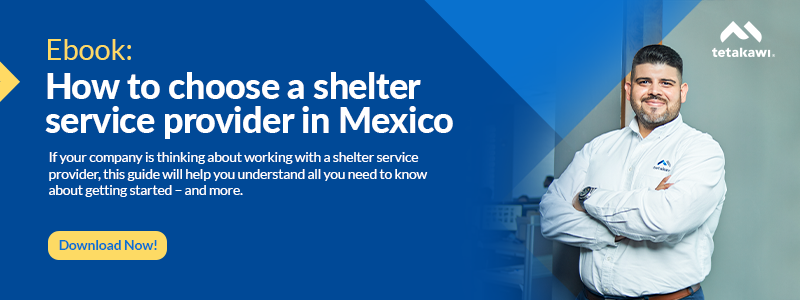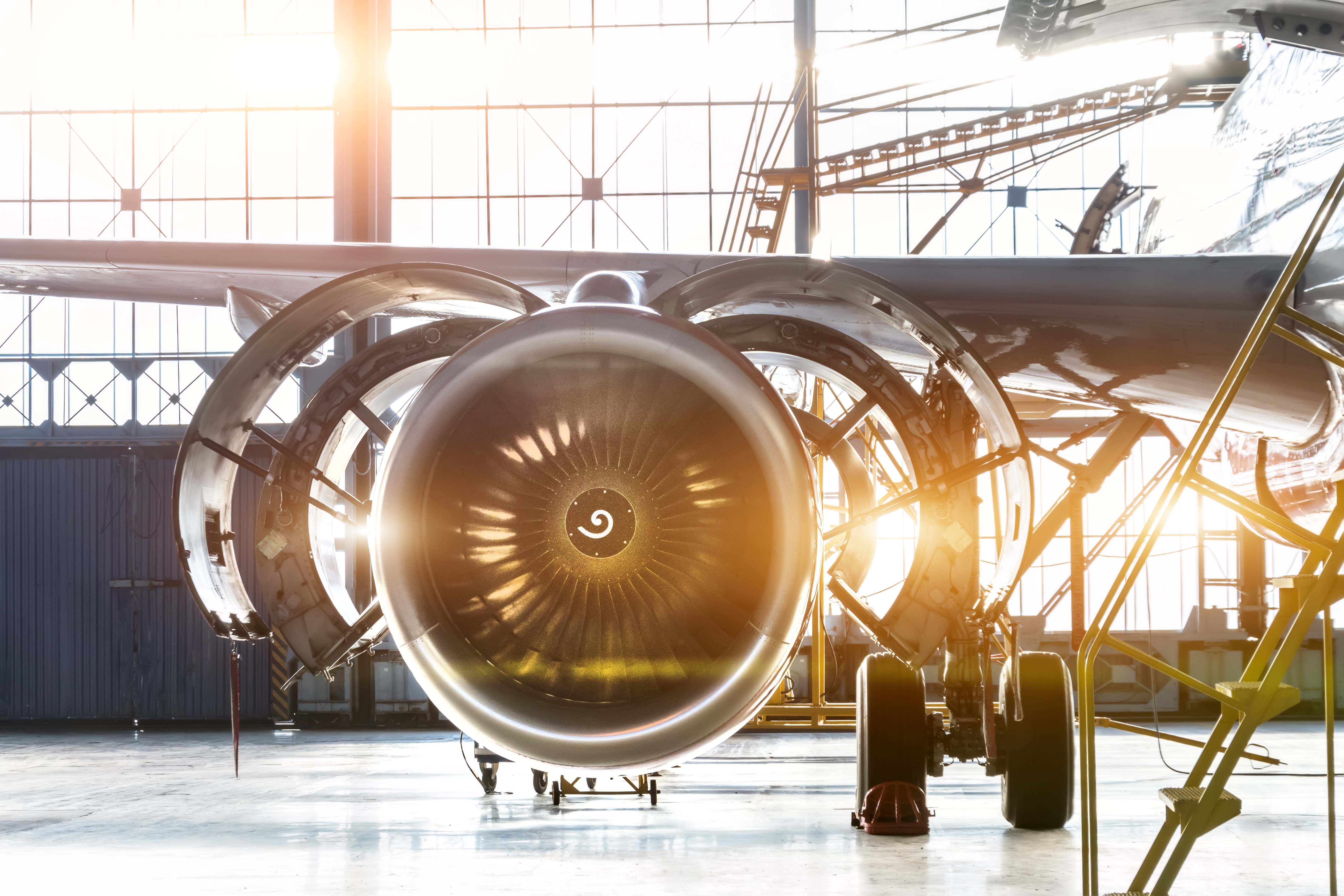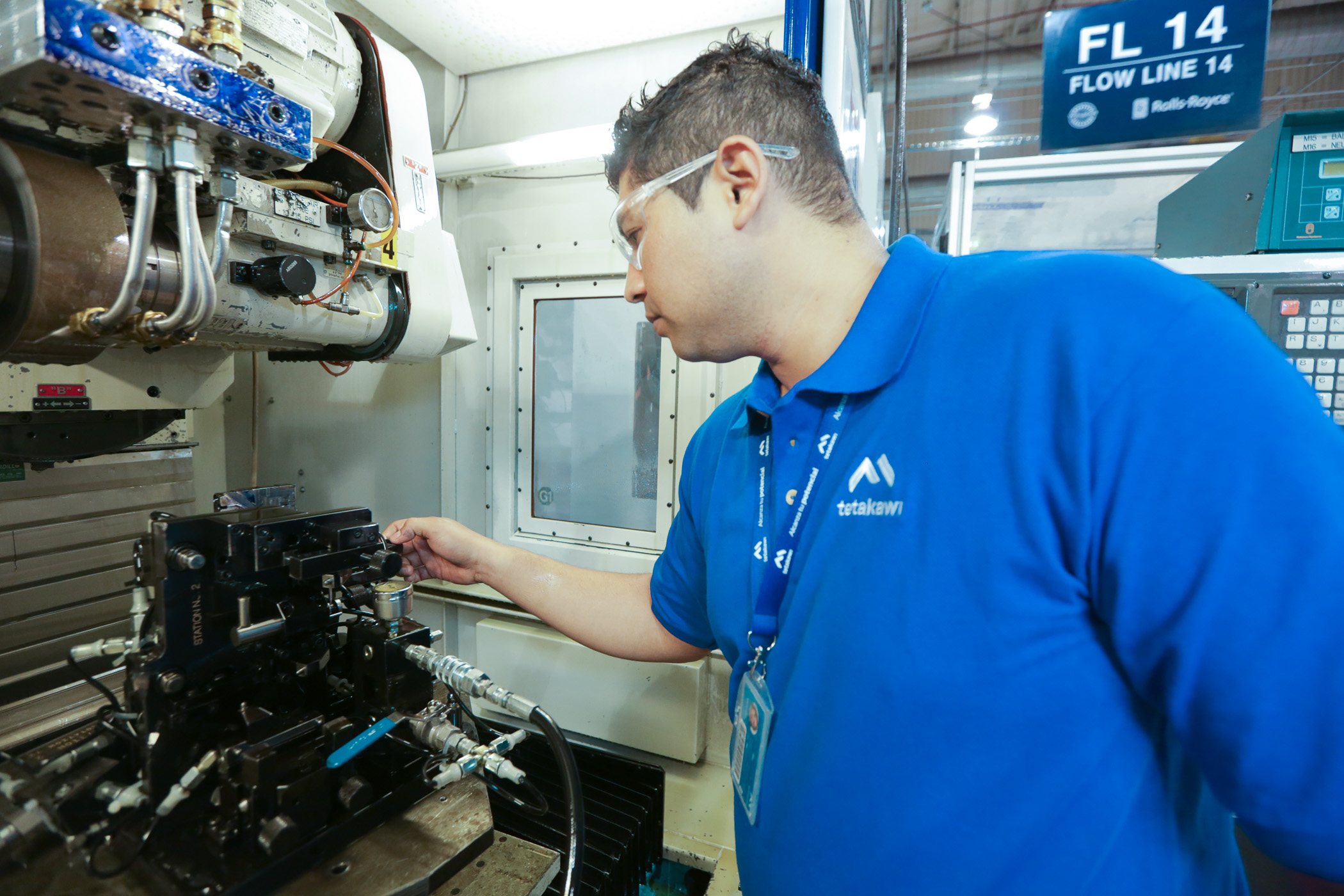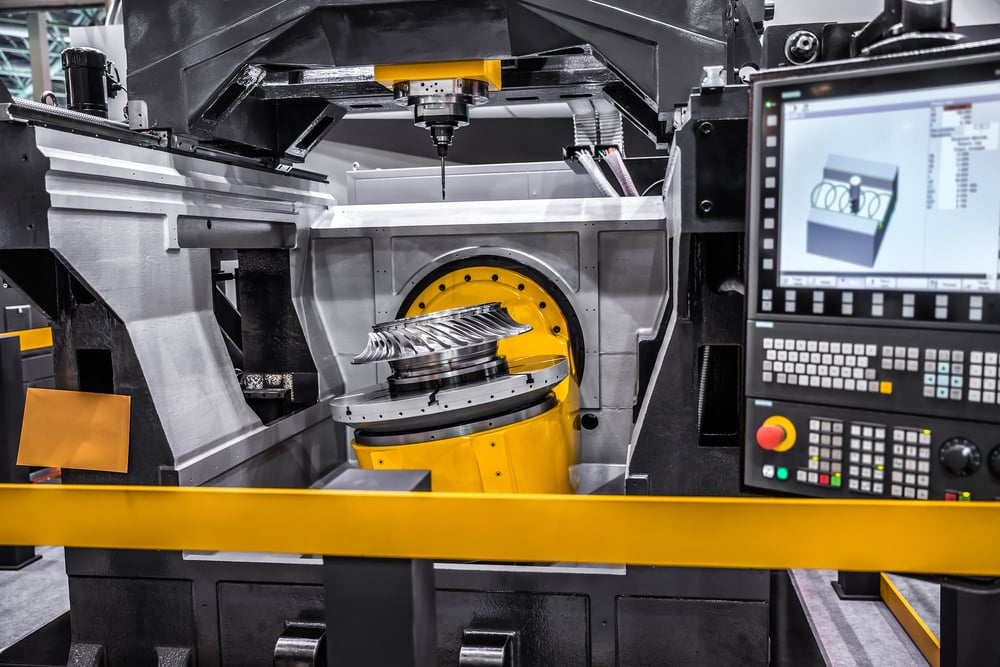Did you know that the aerospace industry could be losing up to $330 million annually due to workforce shortages? As the demand for air travel surges, aerospace companies are grappling with a critical labor shortage that threatens to stall production and innovation. The answer might lie south of the United States border, in Mexico.
The aerospace industry is facing a workforce problem. According to global consultant McKinsey & Co., if the sector were a country, it would be facing an unemployment rate of 4.4%. These labor shortages may be costing aerospace companies as much as $330 million in lost productivity annually, the consultant reports. These aerospace workforce constraints are felt particularly keenly downstream among component suppliers.
However, these labor shortages do not impact companies everywhere in the same way. Many manufacturers find that they can address their aerospace workforce needs by locating in Mexico, where skilled manufacturing talent is more readily available. At Tetakawi, we've seen firsthand how aerospace companies can overcome workforce challenges by expanding operations to Mexico. Our deep understanding of the local talent pool and supply chain dynamics positions us as the ideal partner for aerospace manufacturers looking to thrive despite global labor shortages.
The Scale and Impact of the Aerospace Workforce Shortage
These workforce shortages don’t just affect the bottom line; they have a ripple effect throughout the entire aerospace supply chain, from OEMs to component suppliers.
Among other factors, ongoing aerospace workforce shortages have impacted OEMs and component manufacturers’ ability to deliver timely orders. Airlines have decreased orders for new aircraft as a result. This became evident during the 2024 edition of the biennial Farnborough International Airshow in England.
As CNBC reported, the show typically generates large orders for new airplanes, but in 2024, those numbers were significantly depressed. Airbus received 266 orders compared to 826 placed during the Paris Air Show of 2023, and Boeing received 96 orders in Farnborough.
Korean Air ordered aircraft from both manufacturers because, as its CEO commented, “Whichever [aerospace OEM delivers] first will become our flagship, whoever’s on time.”
CNBC noted that aircraft backlogs stand at approximately 5,500 planes for Boeing and more than 8,000 for Airbus.
Reasons Behind the Aerospace Workforce Shortage
The aerospace industry sees two factors contributing to its growing workforce shortages:
- Workers lost during the pandemic have not been replaced.
- Fewer people are studying aerospace manufacturing and engineering.
Related to this first issue, the aerospace sector is still grappling with the loss of workers who retired early when air travel reached a standstill during the COVID-19 pandemic. The resulting loss of knowledge has hampered production as aerospace companies strive to upskill their workforce. As Kevin Michaels, with consultant AeroDynamic Advisory, told CNBC, training a new aerospace workforce is “a three-to-five-year issue.”
Compounding this issue, many aerospace companies have found it challenging to bring in new talent. McKinsey suggests that the aerospace industry, in particular, has not adapted to meet the workplace demands of a new generation of talent. Similarly, wages have not kept pace with the new generation’s expectations. Companies also find that fewer people are studying aerospace manufacturing and engineering today. Individuals interested in engineering are pursuing opportunities in other industries, such as software engineering or work for the renewables industry.
STEM initiatives have also lagged. As Arjan Meijer, the CEO of Brazil's Embraer Commercial Aviation, told Reuters, the largely male-dominated aerospace manufacturing industry faces a diversity problem. "It's not only about promoting the women we have (and) hiring more women... but also about making sure that we get more women into the system at the entry-level with education," he said.
These issues are also being felt downstream among suppliers. Boeing’s senior vice president of Global Supply Chain and Fabrication, Ihssane Mounir, told CNBC that, since suppliers’ workforce challenges impact OEMs, aircraft manufacturers should bear some of the investment in their suppliers’ workforce training.
Aerospace Workforce Shortage Solutions
Aerospace manufacturers facing these workforce shortages know they need to think differently about how they approach building a talent pipeline. For many of these companies, the clear solution is to shift certain types of work to locations where essential manufacturing skill sets are readily available and where these jobs are desirable to a young workforce.
At barely two decades old, the aerospace sector is newer to Mexico than other industries. Yet, in that time, it advanced as a leader. This is based partly on its foundation of manufacturing skills and an investment in sector-specific training. For aerospace companies facing labor shortages, this focus on general skills over niche experience may be a familiar strategy. In Mexico, it’s a strategy that has proven to work.
Of course, Mexico is home today to a robust aerospace supply chain. As Mexico News Daily reports, the sector has employed approximately 60,000 workers and exported USD $8 billion in 2022. Many engineers driving this growth trained at the Aeronautical University in Querétaro (UNAQ), the first aerospace-specific educational institution in Mexico. The institute was one result of an investment by Bombardier in 2006. This investment by an aerospace OEM helped ensure its local suppliers also had access to workforce training (just as Boeing’s Mounir suggested to CNBC at the 2024 Farnborough International Airshow).
Carlos Robles, president of the Mexican Federation of the Aerospace Industry (FEMIA), told Mexico News Daily that this investment has resulted in the production of high-quality materials. He added that aircraft products made in Mexico are among “the most complicated components that an airplane can have,” from turbine parts to electronics, avionics, and composite structural materials.
In total, there are over 300 aerospace suppliers currently operating in Mexico.
Where to Locate Aerospace Manufacturing in Mexico
As companies prepare to examine Mexico more closely, they’ll notice that several states are prepared to serve companies ready to change.
Queretaro has become a well-known destination for aerospace manufacturing. In fact, it’s projected to exceed 12,000 jobs in 2024, an 18% increase over the aerospace jobs held prior to the COVID-19 pandemic. According to Mexico NOW, new companies in this area are looking for a workforce to support products ranging from unmanned aircraft to ceramic components.
Sonora is another top destination for aerospace manufacturers. This northern state is home to approximately 69 aerospace companies employing over 20,000 people. Guaymas is the center of the state's aerospace industry and is home to the largest concentration of aerospace engineering component manufacturers in Mexico. The state’s strength in this sector is, in part, due to a strong relationship with the aerospace and defense industry in Arizona. In addition, Sonora is home to the Sonora Institute for Aerospace and Advanced Manufacturing (SIAAM), one of several technical schools that prepare the local workforce with specialized skills.
This demand for a sustainable talent pipeline has also prompted many companies to relocate to Mazatlán. Consolidated Precision Products recently announced an expansion here, attracted by the city’s strong educational ecosystem. With over 20 universities and technical schools within 30 miles of the industrial park they chose, Mazatlán offers a rich pool of skilled labor. Moreover, it’s a location where companies can afford to invest in workforce development without the risk of high turnover—a significant differentiator from more industrialized areas of Mexico where turnover can approach 12% per month.
FAQ: How Do I Set Up an Aerospace Manufacturing Facility in Mexico?
A: Setting up an aerospace manufacturing facility in Mexico involves several key steps:
-
Conduct Due Diligence:
- Begin by researching the best locations in Mexico that align with your company's needs. Consider factors like proximity to supply chains, labor availability and infrastructure among others.
- Evaluate potential risks and benefits, including political stability, economic factors, and the legal environment.
-
Choose Your Mode of Entry:
- Shelter Service Providers: Many aerospace companies prefer to work with shelter service providers because they act as risk-sharing partners. These providers handle non-core functions like HR, legal compliance, and import/export, allowing your plant managers to focus 100% on production-related activities. This mode of entry offers the quickest and most cost-effective way to start manufacturing in Mexico with minimal risk.
- Contract Manufacturing: For companies looking to maintain flexibility, contract manufacturing allows you to partner with an existing Mexican manufacturer who produces your goods according to your specifications. This mode is beneficial if you want to minimize capital investment but still leverage Mexico’s manufacturing capabilities.
- Joint Ventures: Partnering with a local company through a joint venture can provide a blend of local expertise and shared risk.
- Wholly Owned Subsidiary: Establishing a wholly owned subsidiary allows for complete control over operations. While this option requires the most significant investment and management oversight, it can be ideal for companies with specific needs.
-
Site Selection:
- Identify and select the optimal site for your facility. Key aerospace hubs in Mexico include Queretaro, Sonora, and Mazatlán, each offering unique advantages.
- Visit the shortlisted sites to assess infrastructure, workforce availability, and logistics.
-
Understand Legal and Regulatory Requirements:
- Familiarize yourself with Mexico's legal and regulatory framework, including labor laws, environmental regulations, and tax incentives.
- Work with local legal experts to navigate the complexities of setting up a business entity in Mexico.
-
Partner with Local Experts:
- Consider partnering with companies like Tetakawi that specialize in helping foreign manufacturers establish operations in Mexico.
- Tetakawi can assist with everything from site selection to navigating regulatory requirements and hiring local talent.
-
Workforce Recruitment and Training:
- Tap into Mexico’s skilled labor pool, particularly in regions with strong educational ecosystems and characteristics that make for more workforce stability.
-
Infrastructure and Facility Development:
- Design and develop your facility to meet the specific needs of aerospace manufacturing.
- Ensure your infrastructure supports the production of high-quality aerospace components, with a focus on efficiency and scalability.
-
Establish Supply Chain and Logistics:
- Set up a robust supply chain by partnering with local suppliers and logistics providers.
- Take advantage of Mexico’s proximity to the U.S. market for streamlined export processes.
-
Comply with Quality and Certification Standards:
- Adhere to international aerospace standards and obtain necessary certifications, such as AS9100.
- Ensure continuous compliance through regular audits and quality control measures.
-
Launch Operations:
- Once all the elements are in place, commence operations, focusing on ramping up production and meeting initial targets.
- Monitor and optimize processes for efficiency and cost-effectiveness.
-
Ongoing Management and Optimization:
- Continuously review and optimize operations to stay competitive.
- Explore opportunities for expansion or diversification within Mexico's aerospace sector.
Need help getting started? Contact Tetakawi for expert guidance on setting up your aerospace manufacturing facility in Mexico.
Subscribe
Sign up and stay informed with tips, updates, and best practices for manufacturing in Mexico.






